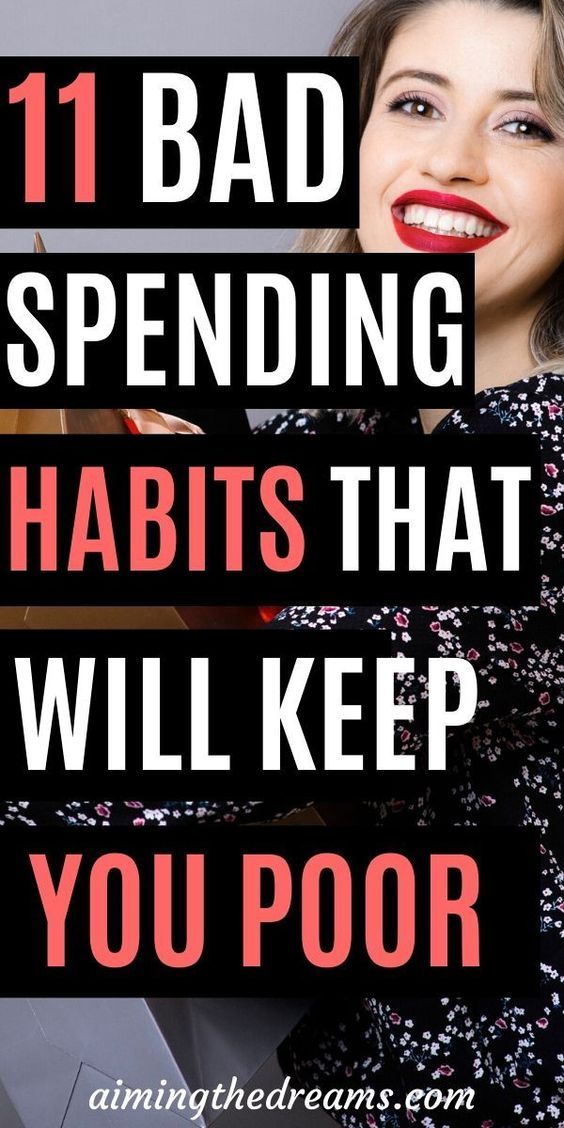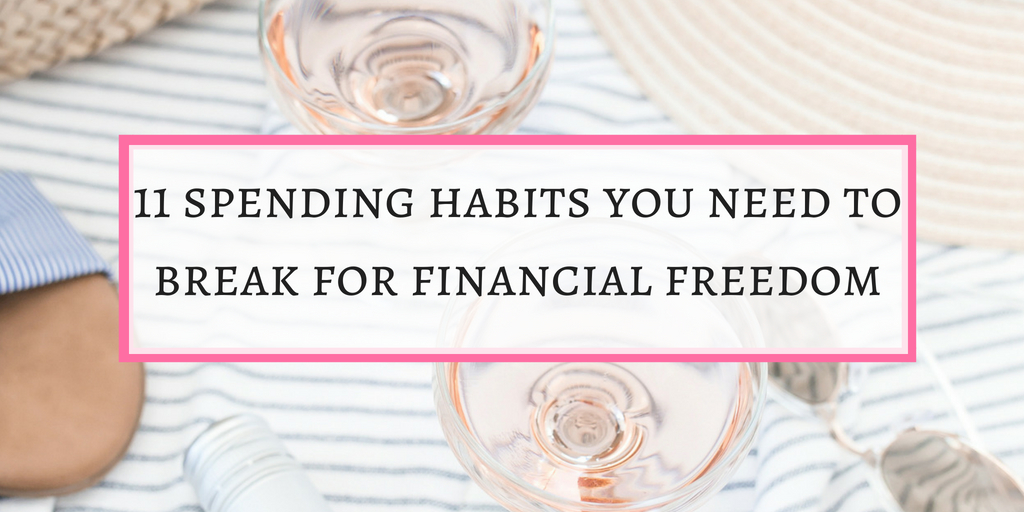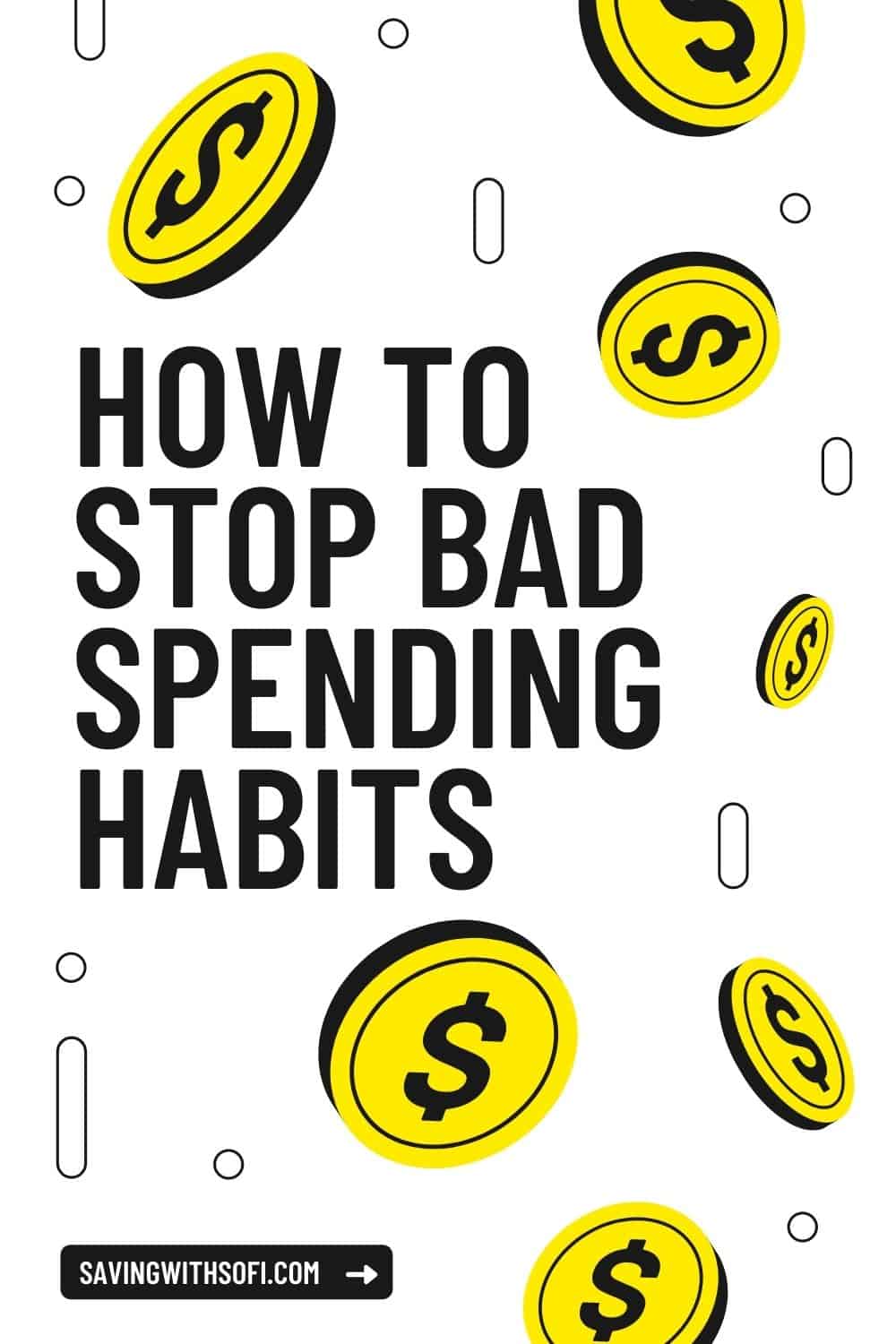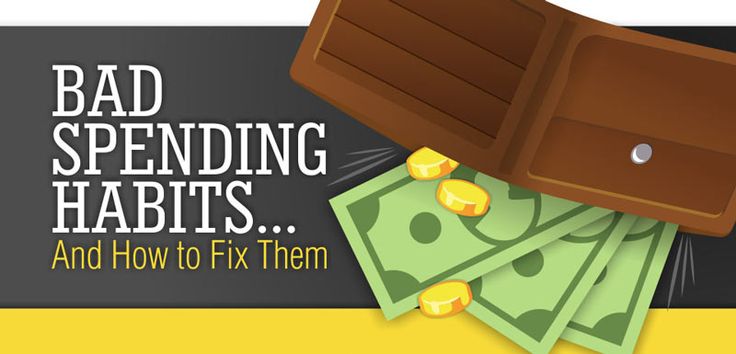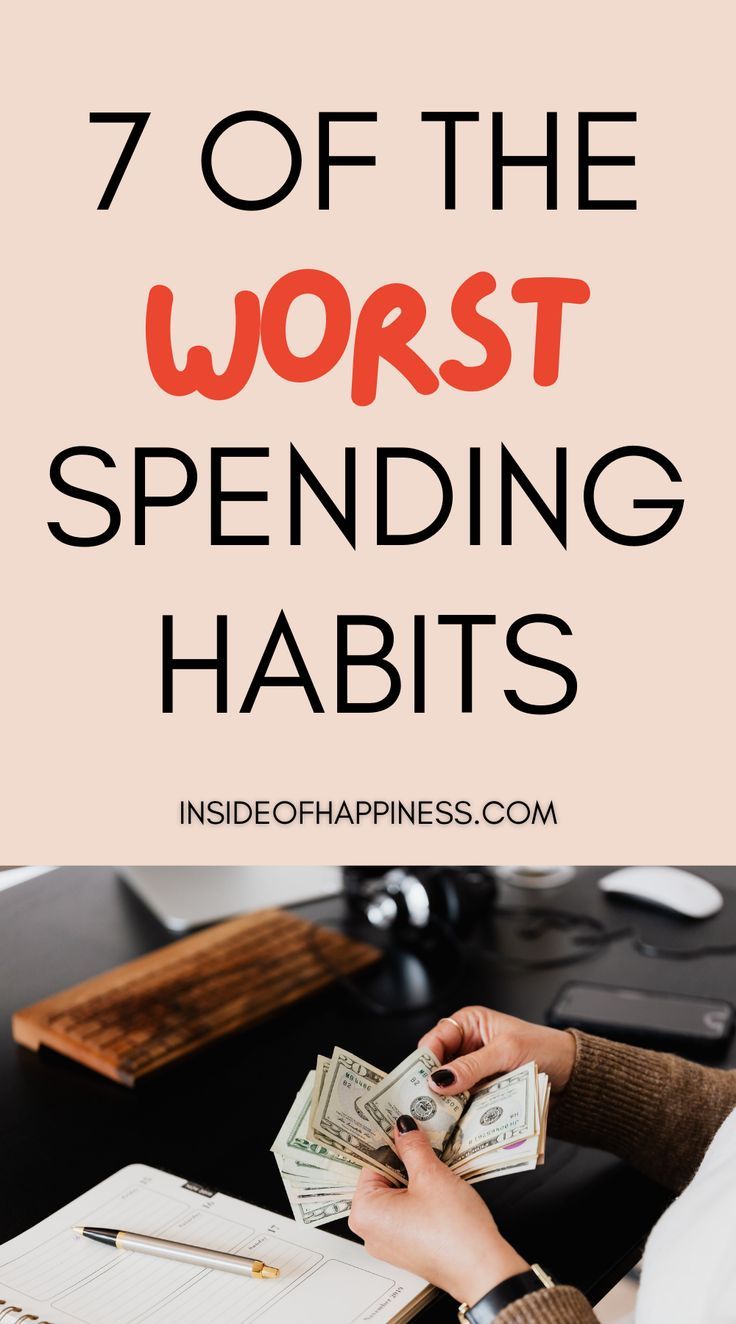How To Stop Bad Spending Habits
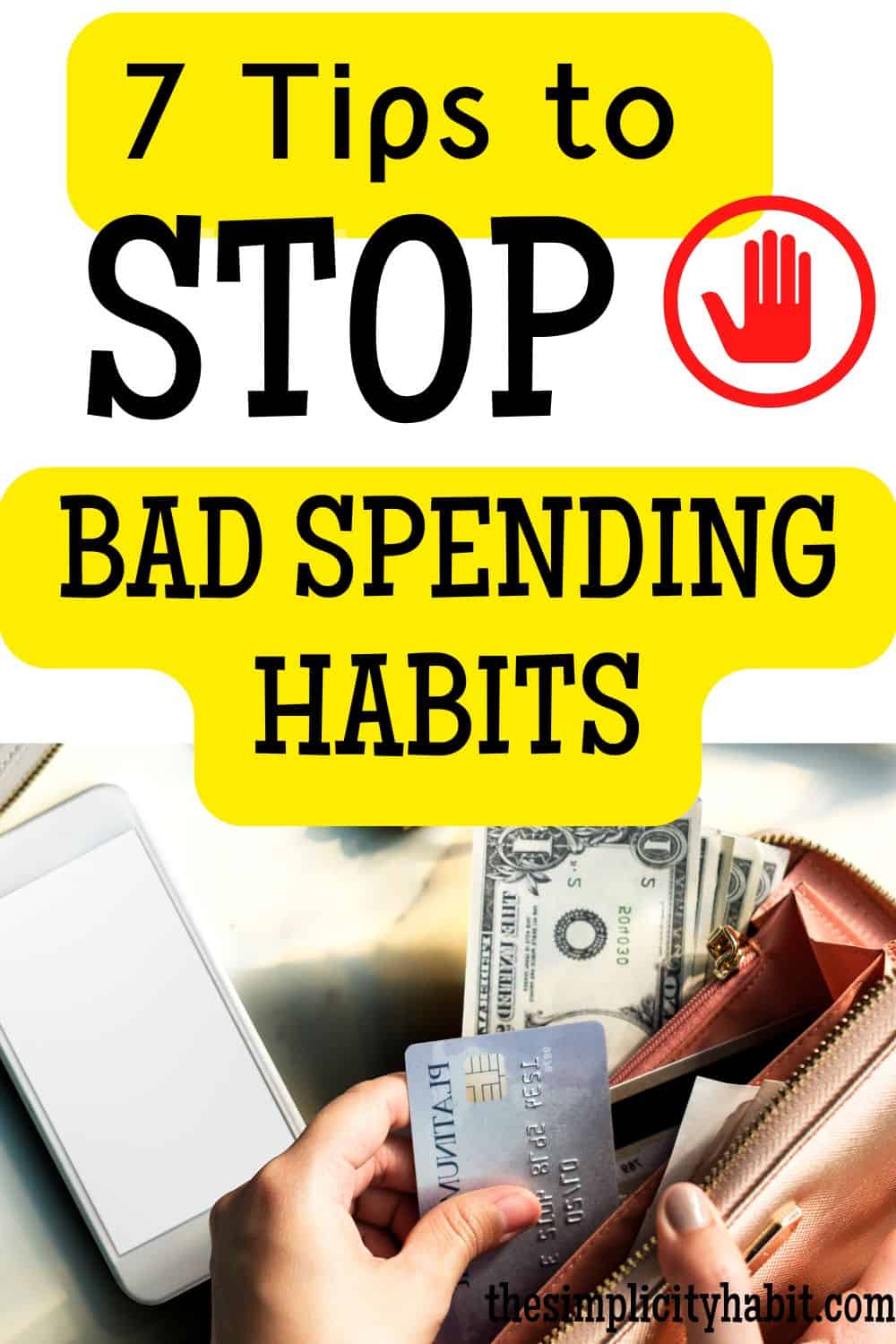
Ever find yourself staring at your bank account wondering where all your money went? You're not alone. Bad spending habits are a common pitfall, especially for first-time buyers venturing into the world of financial independence.
This article is designed for you – the budding budgeter, the tentative purchaser, the person who wants to take control of their finances. We'll explore practical strategies to identify, understand, and ultimately conquer those pesky spending habits that are holding you back.
Understanding the Problem: Why Do We Spend Badly?
Before tackling solutions, let's understand the root causes of bad spending habits. It’s often a complex mix of emotional triggers, lack of planning, and societal pressures. Identifying your personal triggers is the first crucial step.
Are you an emotional spender, reaching for retail therapy after a stressful day? Or perhaps you fall victim to impulsive purchases fueled by clever marketing? Recognizing these patterns allows you to implement targeted strategies for change.
Step 1: Track Your Spending – Know Thy Enemy
The first, and often most daunting, step is tracking where your money actually goes. You might think you know, but reality often paints a different picture. There are several ways to do this.
You can use a budgeting app, a spreadsheet, or even just a notebook. The key is consistency. Record every expense, no matter how small.
Step 2: Identify Your Spending Triggers
Once you've tracked your spending for a week or two, analyze the data. Look for patterns and identify your spending triggers. What situations or emotions lead you to overspend?
For example, are you more likely to order takeout when you're tired after work? Do you browse online stores when you're bored? Knowing your triggers is half the battle.
Step 3: Create a Realistic Budget
A budget isn't about restriction; it's about empowerment. It's about telling your money where to go instead of wondering where it went.
Start by listing your income and essential expenses (rent, utilities, groceries). Then, allocate the remaining funds to your goals (saving, debt repayment) and discretionary spending (entertainment, dining out).
Step 4: Implement Strategies to Curb Spending
Now that you know your triggers and have a budget, it's time to implement strategies to curb spending. This requires discipline and a willingness to change your habits.
Consider the following techniques: the 24-hour rule (wait 24 hours before making a non-essential purchase), the envelope method (allocate cash to specific categories), and unsubscribe from tempting email lists.
Step 5: Set Financial Goals
Having clear financial goals can be a powerful motivator. What do you want to achieve with your money? Do you want to buy a house, travel the world, or retire early?
Write down your goals and visualize them. This will help you stay focused and resist the urge to overspend.
Top 5 Budgeting Apps: A Comparison
Choosing the right budgeting app can significantly streamline the process. Here's a quick comparison of some popular options:
| App | Price | Key Features | Warranty (if applicable) |
|---|---|---|---|
| Mint | Free | Budgeting, bill tracking, credit score monitoring | N/A |
| You Need a Budget (YNAB) | Subscription-based | Zero-based budgeting, goal setting, reporting | N/A |
| Personal Capital | Free (with paid advisory services) | Net worth tracking, investment analysis, budgeting | N/A |
| PocketGuard | Free (with paid premium features) | Automatic budgeting, bill tracking, spending limits | N/A |
| EveryDollar | Free (with paid premium features) | Zero-based budgeting, Dave Ramsey's principles | N/A |
Detailed Reviews
Mint: A great free option for beginners, Mint offers a user-friendly interface and comprehensive features. However, its automatic categorization can sometimes be inaccurate.
YNAB: YNAB follows the zero-based budgeting philosophy, requiring you to allocate every dollar. This method can be highly effective, but it requires more active participation.
Personal Capital: Ideal for investors, Personal Capital provides robust investment tracking tools. Its budgeting features are also solid, making it a good all-in-one solution.
PocketGuard: PocketGuard focuses on simplicity, making it easy to set spending limits and track your progress. Its "In My Pocket" feature shows you how much money you have available to spend after bills and savings.
EveryDollar: Created by Dave Ramsey, EveryDollar aligns with his debt-reduction principles. It's a good choice for those following the Ramsey method, but its free version is limited.
"Used vs New" Mindset Shift
Challenge the notion that new is always better. Consider the environmental and financial benefits of buying used when appropriate. Think clothes, books, and electronics.
Pros of buying used: Lower price, reduces waste. Cons of buying used: Potential for wear and tear, limited warranty (if any).
Pros of buying new: Guaranteed quality, full warranty. Cons of buying new: Higher price, faster depreciation.
Reliability Ratings By Brand (Example for hypothetical product - not applicable to spending habits directly)
While brands don't directly dictate spending habits, awareness of perceived value and durability can influence purchase decisions. This example illustrates how you might assess brand reputation in a relevant buying context.
Note: This would be more applicable to tangible goods rather than spending habit strategies.
Checklist: 5 Must-Check Features Before Making a Purchase
Before any purchase, especially a significant one, pause and ask yourself the following questions:
- Do I really need this? (Differentiate between wants and needs)
- Can I afford this without going into debt? (Consider the total cost, including taxes and fees)
- Have I compared prices from different retailers? (Shop around for the best deal)
- Is there a used option available? (Consider the pros and cons of buying used)
- What is the return policy? (Make sure you can return the item if you're not satisfied)
Key Takeaways: Mastering Your Spending Habits
Let’s recap the core principles we've explored. First, tracking your spending is fundamental for identifying triggers. Building a realistic budget guides your financial path.
Next, implementing strategies to curb spending and setting financial goals is key. Remember to consider used options, and always check must-have features before purchase.
Ultimately, regaining control of your finances requires awareness, discipline, and a commitment to change. It's a journey, not a destination, so be patient with yourself and celebrate your progress along the way.
Take Action Now!
Ready to start your journey to financial freedom? Download a budgeting app today and track your spending for the next week. Identify your spending triggers and start creating a budget that aligns with your goals. You've got this!




